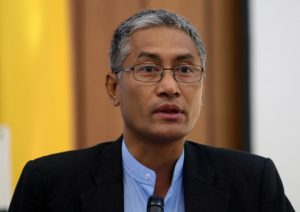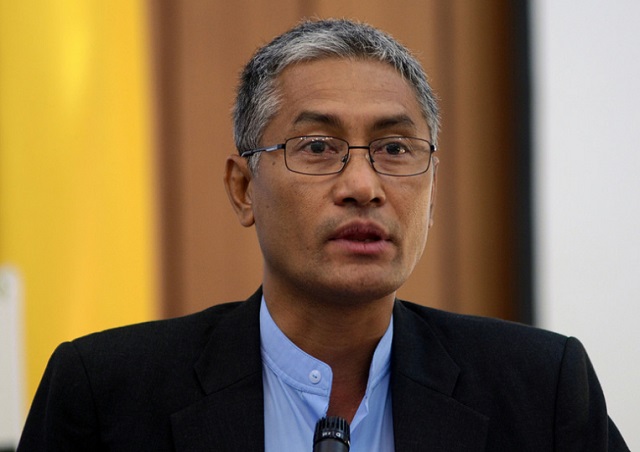 Book Title: Lessons learned from Myanmar Peace Process
Book Title: Lessons learned from Myanmar Peace Process
Author: Aung Naing Oo
Publisher: The Center for Peace and Conflict Studies (CPCS), February 2017
Introduction by: Lt-Gen (ret) Khin Zaw Oo
Number of pages: 153
My first impression, while going through the booklet, was that in many ways it read like a new version of Dale Carnegie’s all time bestseller, “How to win friends and influence people,” though it was, as the title suggests, about the peace process in which the author was actively involved from 2011-2016 as a member of the semi-governmental Myanmar Peace Center (MPC).
Here are some examples:
On 2 December 2011, U Aung Min, the government’s chief negotiator met for the first time with the New Mon State Party (NMSP) leadership in Thailand’s Sangklaburi. The meeting lasted two hours, one and a half hour of which was spent listening to NMSP (then) General Secretary Nai Hongsa.

(Photo: eastwestcenter)
“When the first thirty minutes was over, the 1948 independence wasn’t achieved yet,” he quotes U Aung Min saying. “When it was one hour, the Tatmadaw had just staged the 1962 coup d’etat. Our Peace facilitator U Maung Maung became very impatient and was about to interrupt, and I (U Aung Min) had to tell him not to rock the boat. The fruit of my patience was the signing of the state-level ceasefire agreement with NMSP on 25 February 2012.”
Moral: Be a good listener. Encourage others to talk about themselves. (Dale Carnegie)
Another is U Aung Min’s encounter with the Kachin Independence Organization/Army, (KIO/KIA)’s chief negotiator Major General Sumlut Gun Maw in 2014.
Gun Maw had arrived at the meeting in Myitkyina carrying a big file of reports on the Tatmadaw’s excesses. The latter, having been informed in advance, also came to the meeting with its own file to counter the former’s accusations.
“Following the customary opening remarks made by each side, Gen Gun Maw picked up his file from the floor and all of us, except for U Aung Min, were braced for the assault. He said the first thing he would present was about violations committed by the Tatmadaw. Before he could continue, U Aung Min said, “All these problems that have beset the peace process, I’m fully responsible for them. All these have come about because of my weakness.”
His unexpected admission left the Kachin leader speechless.
The result: the file picked up by Gen Gun Maw went back to the floor and the meeting proceeded in a friendlier atmosphere.
Moral: If you’re wrong, admit it quickly and emphatically. (Dale Carnegie)
The one thing that really drew my attention was the government’s genius in recognizing the fact that there was a crying need for less bureaucratic and less red tape peace making institution. Out of this realization came forth the MPC as a “One Stop Service” (OSS) mechanism. Complaints, instead of traditional governmental channels, were handled by it. (“Mutual trust and respect between the President and the Tatmadaw also made things easier,” U Aung Min later commented.)
One reader remarked, “Now that the National Reconciliation and Peace Center (NRPC), the successor of the MPC, has become fully-governmental, we are facing the same old bureaucratic problems again.”
On the other hand, some of his other arguments may be unacceptable by many. For example, why some Ethnic Armed Organizations (EAOs) are not invited by the government to sign the Nationwide Ceasefire Agreement (NCA) as well as why no outsiders are welcomed as mediators.
Nevertheless, his reasoning is interesting and anyone who is for or against the NCA should read it.
To settle an argument, think of what is right, not who is right.
www.livelife happy.com




